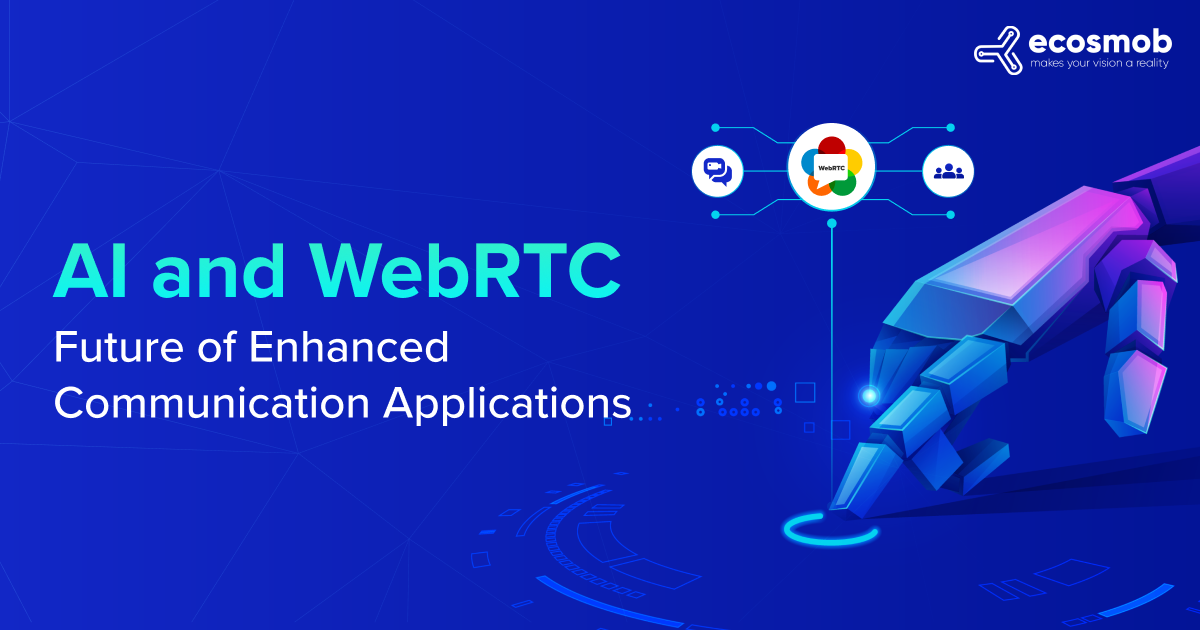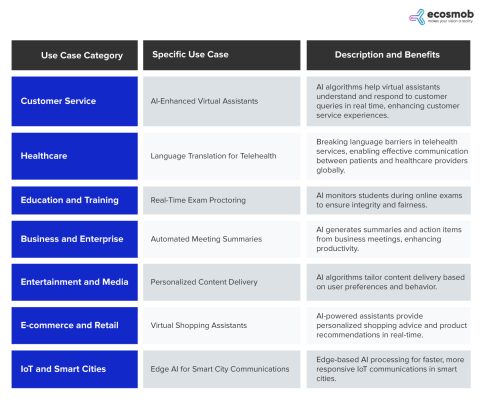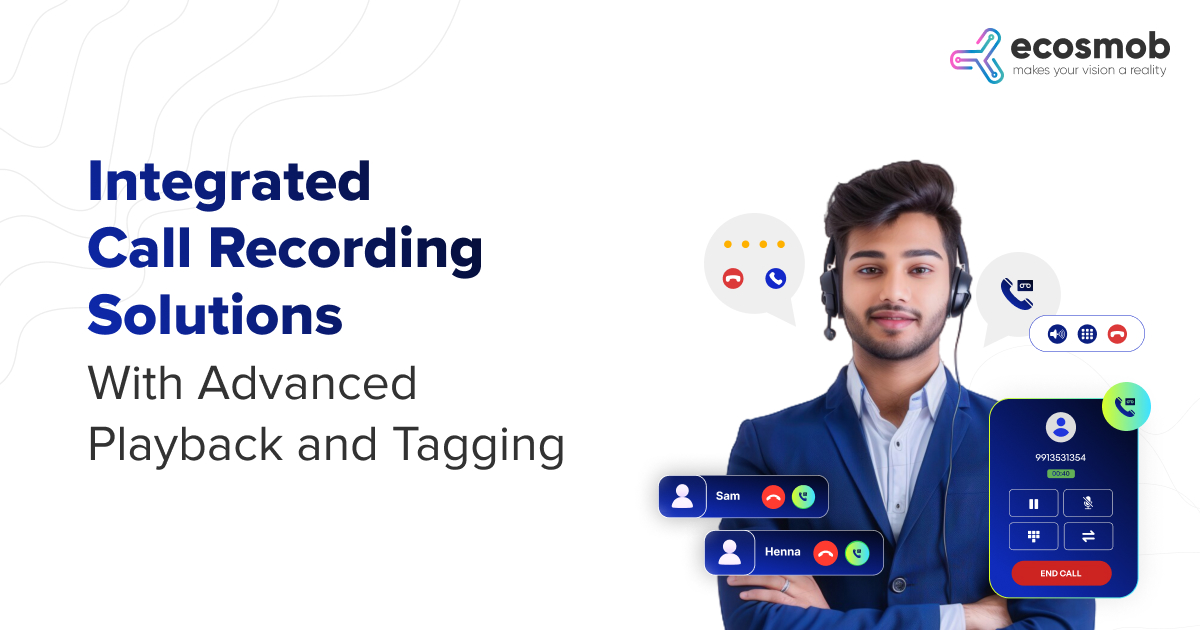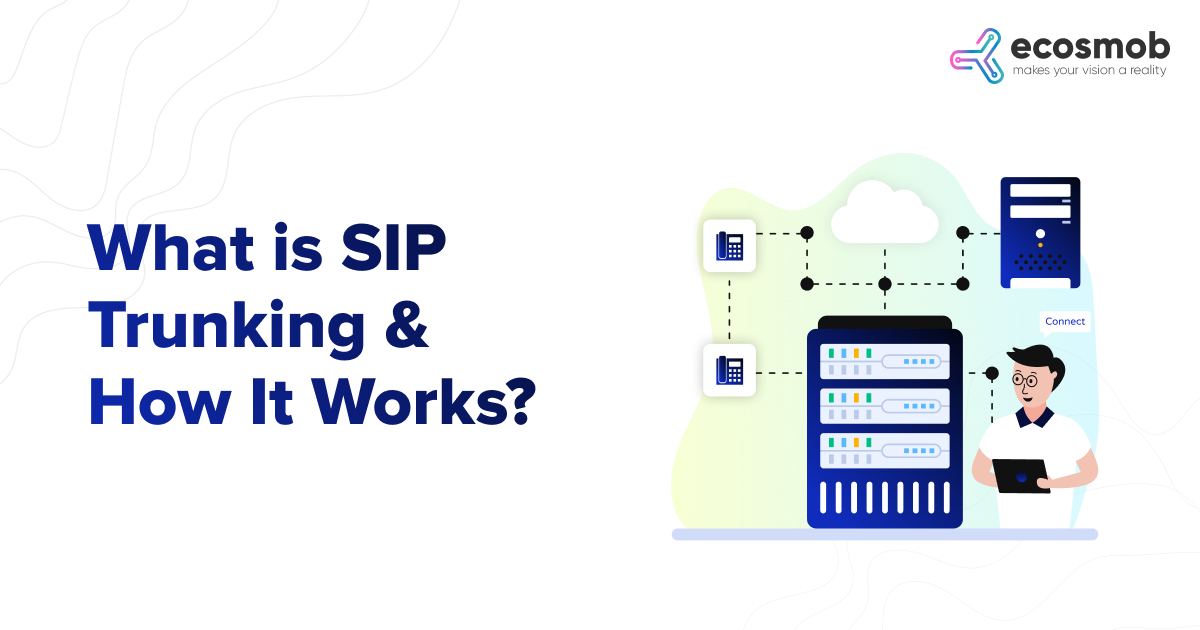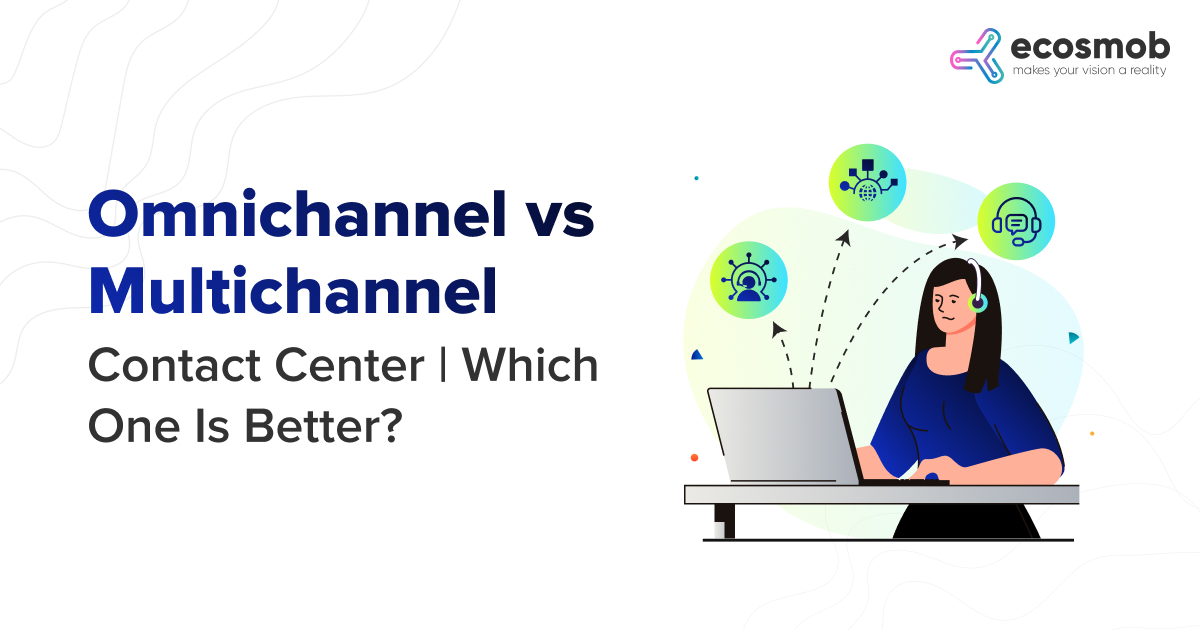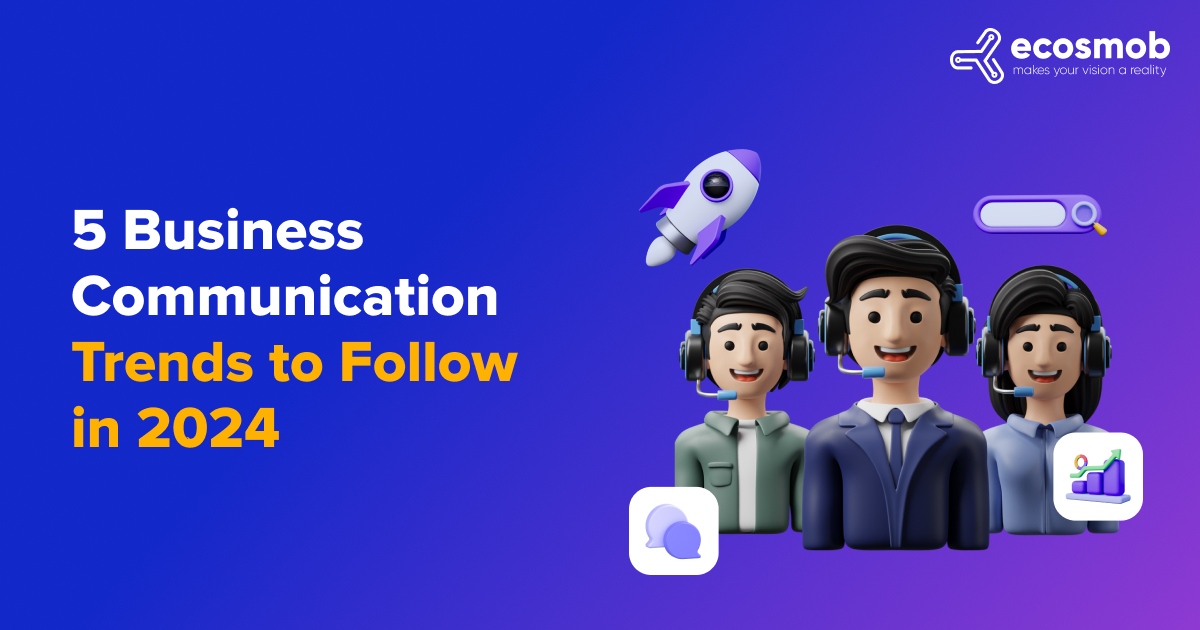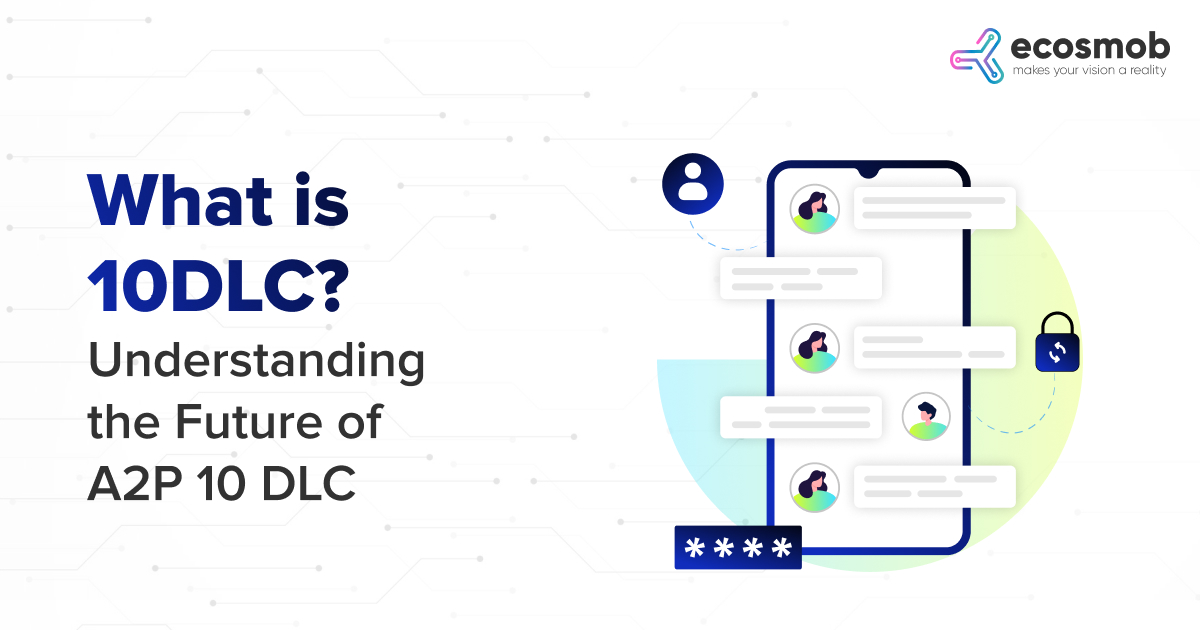When it comes to digital communication, the convergence of Artificial Intelligence (AI) and Web Real-Time Communication (WebRTC) stands as a hallmark of innovation, reshaping the way we interact and exchange information. This integration elevates user experience and unlocks new potential in communication technology.
Let’s delve into the intricacies of this fusion between AI and WebRTC solutions, exploring its benefits, challenges, and future prospects.
AI and WebRTC: Match Made In Real-Time Communication Heaven
WebRTC, a technology enabling real-time communication via web browsers, revolutionized online interactions by eliminating the need for additional plugins or applications. Compared to traditional communication protocols, WebRTC offers a more direct, browser-based approach, significantly enhancing efficiency and accessibility.
WebRTC transcends traditional boundaries when amalgamated with AI, offering more innovative and efficient communication solutions.
Enhancing User Experience through AI
AI, with its learning and adaptive capabilities, augments WebRTC applications in numerous ways:
- Intelligent Call Routing: AI algorithms can analyze user data and preferences to optimize call routing, reducing wait times and enhancing service quality.
- Speech Recognition and Translation: Incorporating AI-driven speech recognition and translation services within WebRTC enhances accessibility, breaking language barriers in global communication.
- Adaptive Bitrate Streaming: AI algorithms can dynamically adjust the video bitrate based on network conditions, ensuring optimal video quality and reducing latency.
- Voice and Video Analytics: AI can analyze voice and video data in real-time, enabling features like emotion detection, sentiment analysis, and engagement measurement, thus revolutionizing customer support and telehealth consultations.
- Edge AI for WebRTC: Implementing AI on edge devices can significantly reduce latency in WebRTC applications, enabling faster, more responsive interactions, especially in IoT and smart city applications.
According to Grand View Research, the worldwide market for edge AI was estimated at approximately 14.79 billion USD in 2022. It is projected to grow at a CAGR of 21.0% from 2023 to 2030.
Security and Privacy: AI’s Pivotal Role
AI’s predictive algorithms can also identify potential security threats in real-time communication, offering robust security measures while maintaining user privacy.
- Fraud Detection and Prevention: AI models can detect abnormal patterns in communication data, identifying and preventing fraud attempts in real time.
- End-to-end Encryption with AI Optimization: AI can optimize encryption algorithms, balancing security with computational efficiency, crucial for maintaining privacy without compromising performance.
Potential Challenges in Integrating AI and WebRTC
Combining AI with WebRTC involves distinct challenges requiring careful planning to achieve the best performance and user experience.
- Latency Optimization: Balancing AI processing and real-time communication requires efficient algorithms to minimize latency.
- Resource Management: AI models, especially those performing complex tasks, can be resource-intensive. Optimizing these models for real-time operation without overloading the device or network is crucial.
Also Read: Enhancing WebRTC Capabilities Through SDN
Mobile WebRTC Application as a Progressive Web Application (PWA)
Transitioning WebRTC applications to PWAs marks a significant leap, particularly for mobile users. PWAs, known for their lightweight and fast-loading capabilities, synergize with WebRTC to deliver seamless communication experiences across devices. This approach ensures:
- Enhanced Performance: PWAs, optimized for mobile devices, improve the performance of WebRTC applications, offering smoother video and audio calls.
- Offline Capabilities: PWAs can function offline, a critical feature for mobile users in areas with unstable internet connectivity.
- App-like Experience: PWAs mimic native applications, providing a familiar and user-friendly interface without app store downloads.
- Service Workers for Enhanced Reliability: PWAs use service workers to handle network requests and cache resources. They enable reliable performance even in fluctuating network conditions, crucial for mobile WebRTC applications.
- Push Notifications Integration: Integrating WebRTC with PWA’s push notification capabilities allows seamless real-time communication alerts, enhancing user engagement and ensuring timely interactions.
- Cross-Platform Compatibility: PWAs offer a unified development approach. It enables WebRTC applications to be easily accessible across various platforms and devices, reducing development time and resources.
AI In Video Applications
WebRTC’s core strength lies in its ability to facilitate real-time video communication. Tying WebRTC development and real-time video through AI significantly revolutionizes video conferencing.
- Background Noise Cancellation: AI algorithms can filter out background noise, ensuring clear audio quality during video calls.
- Facial Recognition and Tracking: AI-enhanced facial recognition can be used to authenticate or enhance user engagement during video interactions.
- Adaptive Streaming: AI can adjust video quality in real time based on available bandwidth, ensuring uninterrupted communication.
- AI-Powered Video Encoding: Advanced AI algorithms can optimize video encoding processes, reducing bandwidth requirements without compromising video quality. This is a critical aspect for mobile and low-bandwidth environments.
- Virtual Backgrounds and AR Filters: Leveraging AI for real-time image processing allows for features like virtual backgrounds and augmented reality filters, enhancing video communications’ visual appeal and engagement.
- Content-Aware Streaming: AI can analyze the content of video streams in real time, adjusting streaming parameters based on content complexity and ensuring efficient bandwidth usage.
- Interactive AI Features: Implementing interactive AI features like real-time polls, Q&A sessions, and feedback collection during live streams can significantly enhance viewer engagement.
AI’s role in video applications is not just limited to enhancement; it’s transformative. These features offer innovative ways to interact within a regular video call.
AI Models Vs. Applications: A Technical Balancing Act
While integrating AI and WebRTC, it’s crucial to balance the sophistication of AI models and the practicality of their application. Heavy AI models may offer advanced features but can burden the system, leading to latency issues. Lightweight, efficient AI models are preferred for smoother integration.
- Model Optimization for WebRTC: Developing lightweight, optimized AI models that can run efficiently alongside WebRTC applications is crucial. Techniques like model quantization, pruning, and knowledge distillation can be employed to reduce model size and computational requirements.
- Edge Computing Integration: Utilizing edge computing can decentralize AI processing, reducing the load on central servers and minimizing latency, a key consideration for real-time applications.
AI and WebRTC Use Cases
Future Prospects of AI-Powered WebRTC Applications
The future of AI and WebRTC integration is promising, with potential advancements like:
- Automated Moderation: AI can moderate real-time communications, ensuring compliance with content policies.
- Personalized User Experiences: AI can tailor communication experiences based on user behavior and preferences.
- Real-Time Language Translation: Advanced AI models are being developed for real-time language translation during video calls, breaking language barriers in global communication.
- Predictive Analysis for Proactive Communication: AI can analyze historical data to predict user needs and behaviors, allowing businesses to address customer requirements and potentially transform customer service paradigms proactively.
- Enhanced Accessibility Features: AI can provide advanced features like real-time sign language translation, making WebRTC applications more accessible to users with disabilities.
Ready to give your business communication the power of AI?
Wrapping Up
The integration of AI and WebRTC is a game-changer in the world of digital communication. This collaboration promises not just enhanced user experiences but also paves the way for innovative applications that were once deemed futuristic.
As we look to the future, the ongoing advancements in AI and ML promise even more innovative and impactful applications, reshaping how we communicate.
Ecosmob Technologies has been leading the way in AI-powered WebRTC solutions, offering you the tools to revolutionize your business communication strategies. Connect with us to explore custom solutions tailored to your unique needs!
FAQs
Can AI-WebRTC solutions be scaled for large enterprises?
Yes, AI-WebRTC solutions are highly scalable, offering robust infrastructure and adaptable features suitable for large enterprise needs.
How does AI integration affect the setup time and complexity of WebRTC applications?
AI can automate several setup processes, making WebRTC applications easier and quicker to deploy while managing complex tasks in the background to simplify user interactions.
What advancements are being made in AI for real-time video background enhancement in WebRTC?
Ongoing advancements include AI algorithms that can dynamically alter or blur video backgrounds in real time, ensuring privacy and minimizing distractions during video calls.
Are AI-WebRTC solutions compatible with existing communication infrastructure?
Yes, they are generally designed to be compatible with existing communication infrastructures, allowing for smooth integration and upgrade paths.
How does AI impact the scalability of WebRTC for handling large numbers of concurrent users?
AI significantly enhances scalability, enabling efficient load balancing, resource allocation, and traffic management to support many concurrent users.





